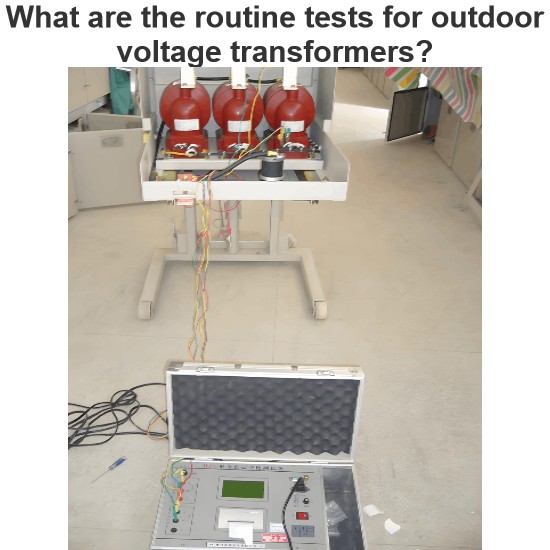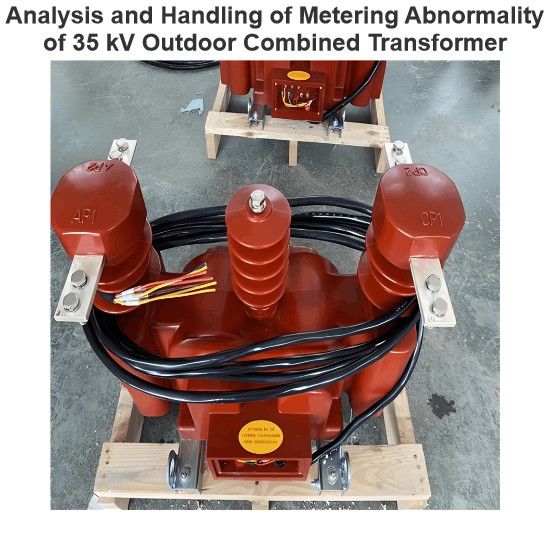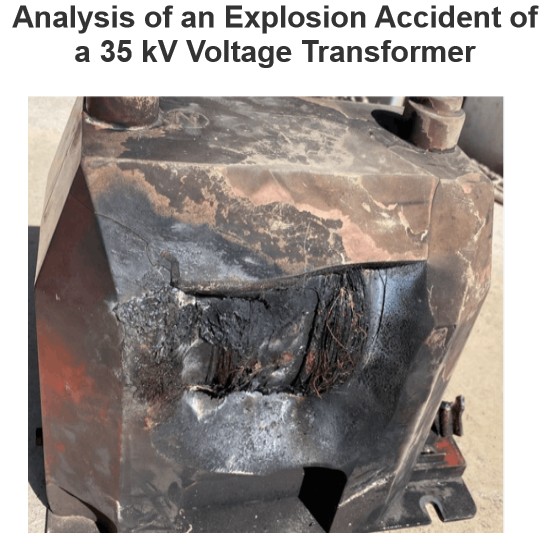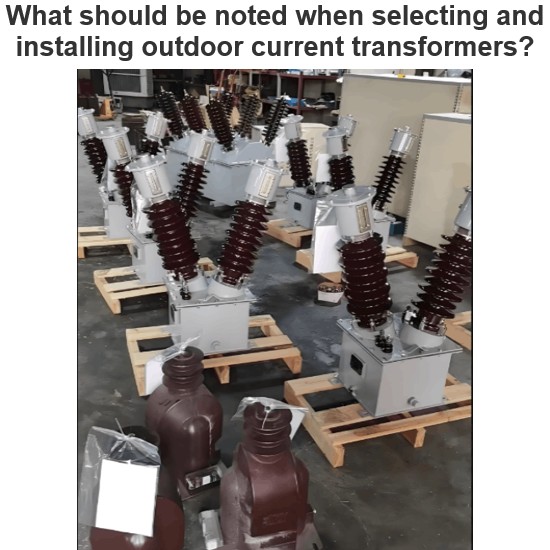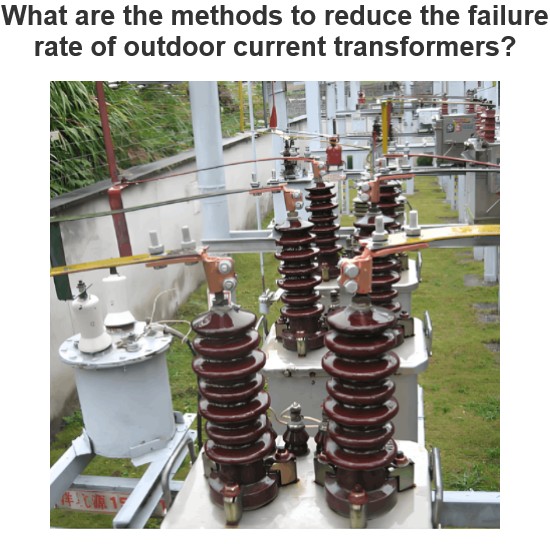| Brand | Vziman |
| Model NO. | H61 50kva-160kva Distribution Transformer |
| Rated capacity | 160kVA |
| Series | H61 Distribution Transformer |
Product overview:
H61 series distribution transformer made by WONE, is an oil type transformer conforming to IEC 60076 standard, which can meet the needs of different countries. H61 oil immersed transformer is suitable for overhead distribution network in rural and urban surrounding areas. The upper incoming line is adopted for high voltage and the side outgoing line is adopted for low voltage, which is equipped with triangular lightning arrester.
Standard: IEC 60076 (Publications 1-2-3-4 and 5); D60-p60 onee power sector.
Rated power: 50kva-100kva-160kva.
Working voltage: high voltage: 3.3kV to 36kV; Low voltage: 400-430 V.
Other specific voltages can be provided according to customer requirements.
Product parameters:
Composition of H61 distribution transformer.
3 HV ceramic insulator.
4 LV ceramic insulators.
Triangular lightning arrester.
Temperature measurement .
Pressure relief valve.
Oil level gauge.
4 lifting lugs.
Four pulleys are welded at the bottom of the water tank.
2 grounding.
Nameplate, warranty.
What is a Distribution Transformer?
Distribution transformers are key equipment in the power system used to convert high-voltage electrical energy into low-voltage electrical energy suitable for users. They serve as a bridge in the transmission and distribution systems, ensuring the safe and efficient transmission of electrical energy from high-voltage transmission lines to the user end.
Distribution transformers: Transformers specifically designed to convert high-voltage electrical energy (such as 10 kV, 35 kV) into low-voltage electrical energy (such as 400 V, 220 V) for users.

